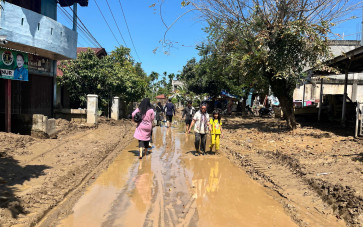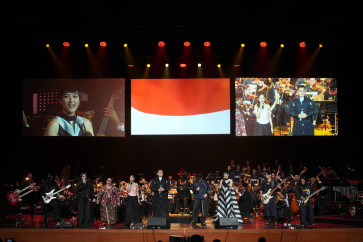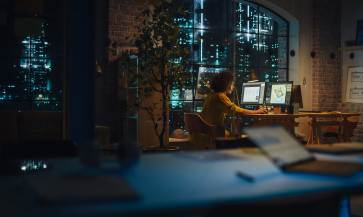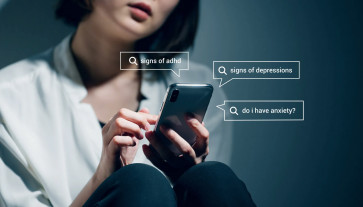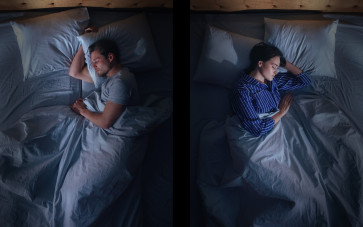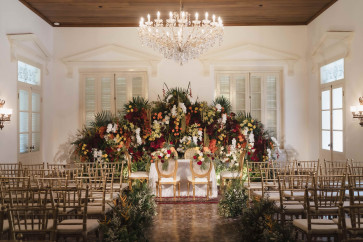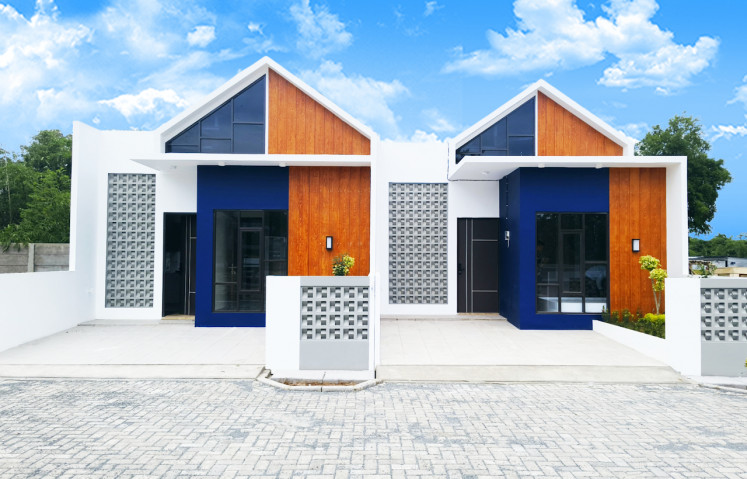Shutterstock
It's 6 a.m., and the energetic tunes from your playlist begin to fill the bedroom, waking your senses. The lights slowly brighten, and the curtains draw open, allowing the morning sunshine to flood in. By the time you’re ready, the coffee maker is already brewing your first cup.
Without lifting a finger, all of your devices nudge you to start the day.
These are the automated routines common in smart homes, with features that may become the norm in a few more years. While new properties in the city are all likely to come equipped with these smart functions within the next five years, many homeowners are already adding some of these features to their existing homes, bringing a bit of the smart home lifestyle into their daily routines ahead of the trend.
What exactly is a smart home?
At its core, a smart home is a residence fitted with online technology to provide added convenience or security through remote coordination or control of various functions.
The range of smart home features is wide, but the most common ones include surveillance systems, smart lighting, automatic locks, integrated solar panels and remote temperature control, all of which can be managed through your phone.

Thank you!
For signing up to our newsletter.
Please check your email for your newsletter subscription.
"When you add up the time you save, your increased safety and peace of mind and possibly even health improvements, it's clear why the market prefers them [smart homes] more." -LOUIS SANTOSO
Imagine wanting your lights to dim to a cool shade by 10 p.m. every weekday. You can set it once on your phone, and the lights will follow that schedule automatically.
Or perhaps you want your room nice and cool when you get back from work; just program the air-conditioning to turn on 30 minutes before you arrive. For energy savings, you could even set it to turn off by 2 a.m. once the room is sufficiently cool.
Home sweet, digital home
This trend of properties equipped with smart tech is growing as demand rises.
“A steadily growing amount of prospective homeowners are seeking connected and automated homes. This is in line with the maturing of the millennials and Gen Zs, who are familiar with the convenience and security that smart appliances provide,” Louis Santoso, associate vice president at ERA Prestige, explains.
Local developers are responding by partnering with international firms to bring tech-forward housing trends from places like Japan, South Korea and Hong Kong to Indonesia.
“I’d say smart homes started appearing around 2018. Then the pandemic accelerated the adoption of technology, causing more consumers to prefer smart homes,” says Erwin Karya, director of Ray White Commercial & Projects.
“So now, smart homes comprise over half of the listings in our primary market portfolio.”
Both property experts say this trend can be seen throughout Greater Jakarta, with new homes coming with integrated remote security systems, lighting control and automated temperature settings. Examples include Savyavasa apartments in Dharmawangsa and the Serenia gated community in Lebak Bulus, both in South Jakarta, and the Zora housing complex in BSD, Tangerang.
So what if they’re smart?
Millennials and Gen Zs are already used to the ease of controlling various aspects of life through their phones, so it’s easy to embrace the idea of also controlling various aspects of their homes in the same way.
“It makes their lives easier and gives peace of mind, especially when they’re away,” Louis says.
Security is one of the most popular smart home features. While many of us are already familiar with checking CCTV footage, smart locks with built-in cameras add another layer of security. Now you can see who’s at your door and unlock it remotely, wherever you are.
Regarding health, Louis explains that some units in their portfolios have integrated air filtration systems in the infrastructure, a feature especially appealing in a polluted city like Jakarta.
“The benefits of smart homes aren't always tangible. When you add up the time you save, your increased safety and peace of mind, and possibly even health improvements, it's clear why the market prefers them more.”
Although younger generations lead the trend, a good chunk of Louis’ middle-class and older clients in the Gen X range, influenced by their children, are also warming to smart houses.
“During the COVID-19 pandemic, we saw how helpful remote tech can be,” Louis says.
“For the older generation, smart tech makes it easy for family members to stay connected and check in on them. It’s like an advanced baby monitor for adults.”
Higher price tag
At the end of the day, however, home decisions come down to budget, and smart homes generally come with a higher price tag due to the added functionalities.
But, according to Louis and Erwin, the price increase isn’t as steep as you might think. With local developers embracing smart tech as a standard, these features will soon be accessible across all price brackets.
“Smart surveillance cameras or digital locks cost around Rp 3 million [US189.26]. But it's for added security, so it benefits our clients,” Erwin says.
To fully outfit a home with digital locks, surveillance cameras, smart lights, solar panels and remote temperature control, you’d be looking at roughly Rp 10 million to 15 million, depending upon quality and brand.
The convenience of pre-installed smart tech saves buyers the hassle of setting it up themselves. And with advancements and knowledge from international partnerships, the production costs of smart homes are expected to drop, making them the norm instead of a luxury buzzword.
New norms, new concerns
Aside from price, prospective buyers should also consider the ongoing maintenance and occasional software updates. While smart features make life more convenient, they also require a level of digital comfort and familiarity with tech troubleshooting.
With every internet-connected device also comes the need for reliable electricity and internet access. But Erwin assures that in the case of a power outage, “smart homes with digital locks have fail-safes to ensure you can still enter or exit your home”.
Then there’s the risk of cybersecurity breaches. Developers typically select products with robust cybersecurity measures to guard against this, but vigilance is key. Being “ready” for a smart home lifestyle involves staying informed on security best practices, like updating passwords and performing regular system updates.
Ultimately, smart homes are about easing daily routines and providing peace of mind, but they do come with a few new responsibilities. It’s no longer a question of whether to choose a smart home, but whether we’re prepared to keep pace with the digital demands that come with one.
It’s an exciting future for Jakarta’s property market. In the meantime, I’ll ask my tiny smart speaker to turn my lights blue and play my favorite tunes as I dream of someday owning my own fully equipped smart home.
Aqraa Sagir is a writer for The Jakarta Post's Creative Desk. He’s chronically online in the hope it would be a useful asset for the job.




